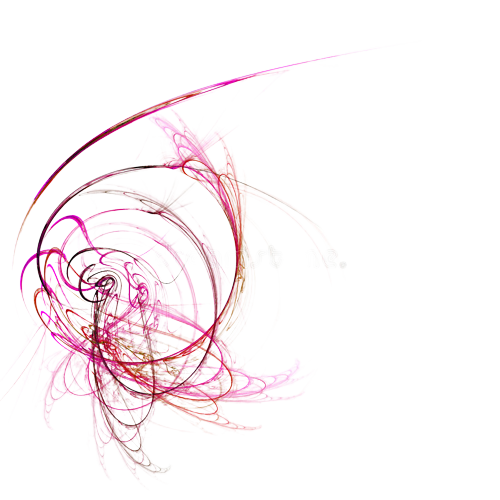What does suctoria do?
Suctoria are ciliates that become sessile in their developed stage and then lose their redundant cilia. They feed by extracellular digestion. They were originally thought to feed by suction – hence their name. In fact, they use specialized microtubules to ensnare and manipulate their prey.
What rotifer means?
Typically the presence of Rotifers indicates an older sludge age with low loading of food vs. the amount of biomass available to stabilize the organics. Rotifers indicate a relatively healthy, older system, no toxicity, progressing along in a sludge age towards stable to endogenous age.
What is stalked ciliates?
Stalked ciliates are a type of protozoa that can be branched or unbranched. Stalked ciliates are “inverted bell-shaped bodies mounted on a stalk which is attached to a substratum.” A key identification feature is the presence of cilia (minute hair-like projections) on the oral region of the organism.
How do stalked ciliates eat?
Most stalked ciliates are heterotrophs that feed on small bacteria and other debris. Many stalked ciliate types use their cilia to filter, or sweep in, their food. The cilia then direct this food through the mouth and into the gullet where the vacuoles are then formed for the metabolism process.
What kingdom is Suctoria?
ChromistaSuctoria / Kingdom
Where is Suctoria found?
Suctoria are aquatic organisms, found most commonly in freshwater habitats. Some marine species form symbiotic relationships with crustaceans.
What is a rotifer in wastewater treatment?
The principal role of rotifers in wastewater is the removal of bacteria and the development of floc. Rotifers contribute to the removal of effluent turbidity by removing non-flocculated bacteria. Mucous secreted by rotifers at either the mouth opening or from the foot aids in better floc formation.
What do rotifers do wastewater?
The main role of rotifers in wastewater systems is the removal of bacteria. They also aid in floc formation. Rotifers thrive in conditions with plenty of oxygen and are an indicator species for low Biochemical Oxygen Demand (BOD), low toxicity, and stable wastewater systems.
How do ciliates reproduce?
Ciliates reproduce asexually by division: the micronucleus undergoes mitosis, while in most ciliates the macronucleus simply pinches apart into two. This process is shown in the drawing above. However, ciliates also reproduce sexually, through a process known as conjugation.
Why do ciliate and Suctoria link classes?
Suctoria are ciliates that become sessile in their developed stage and then lose their redundant cilia. They feed by extracellular digestion. They live in both freshwater and marine environments, including some that live on the surface of aquatic animals, and typically feed on other ciliates.
What is the scientific name for Suctoria?
SuctoriaSuctoria / Scientific name
What is free swimming ciliates?
Free swimming ciliates are protozoa that are in the phylum Ciliophora. Many different types of free swimming ciliates exist, including “crawling” ciliates`. Some types commonly found in wastewater are Paramecium, Euplotes, and Aspidisca.
